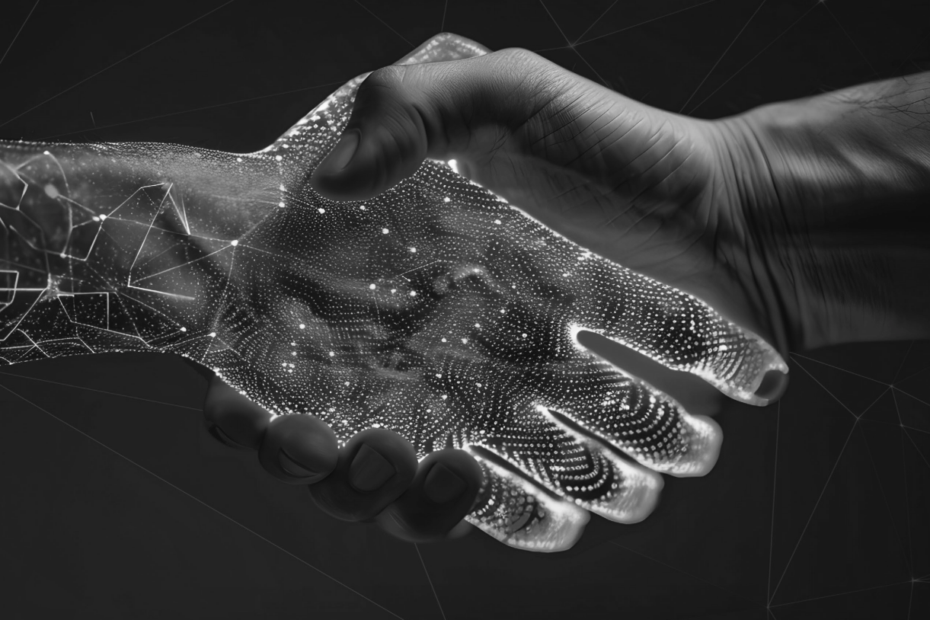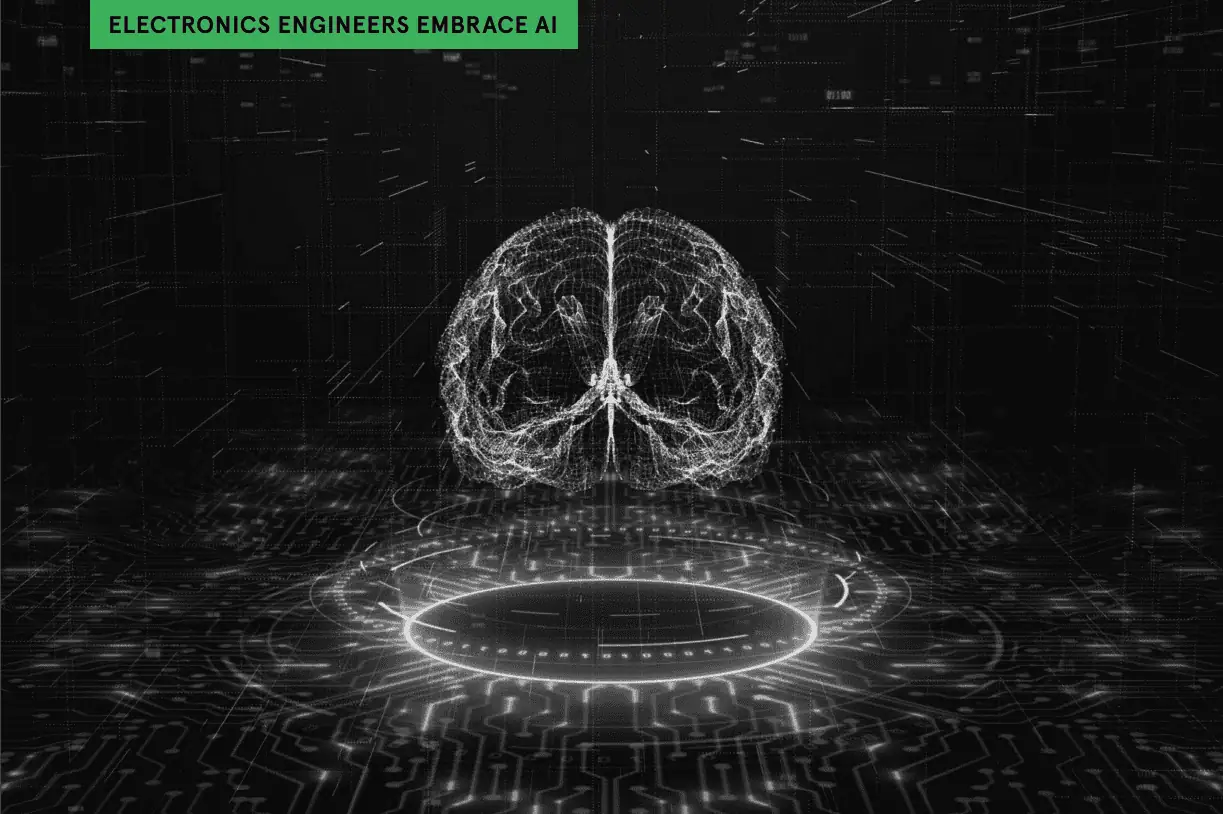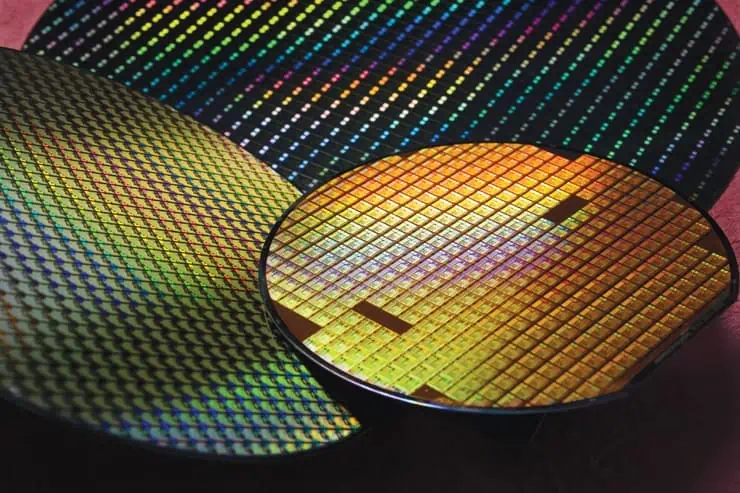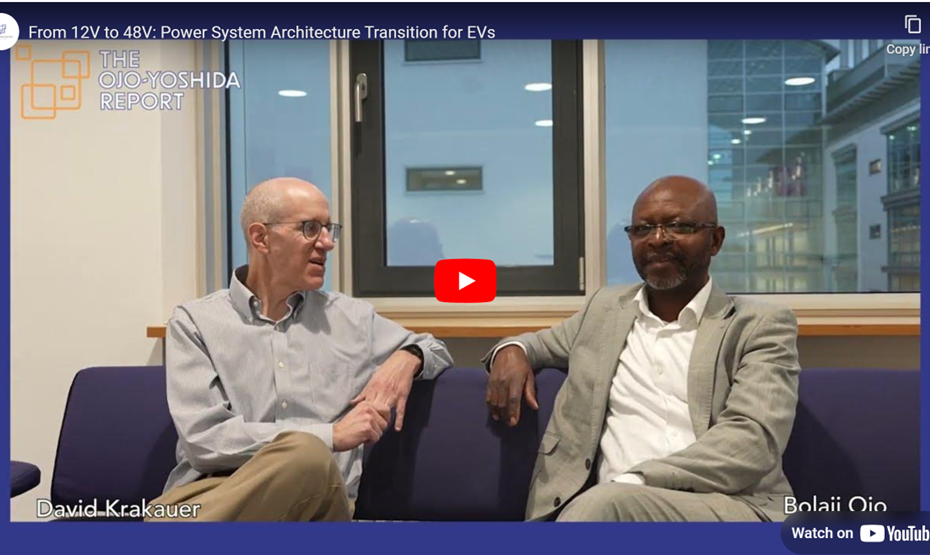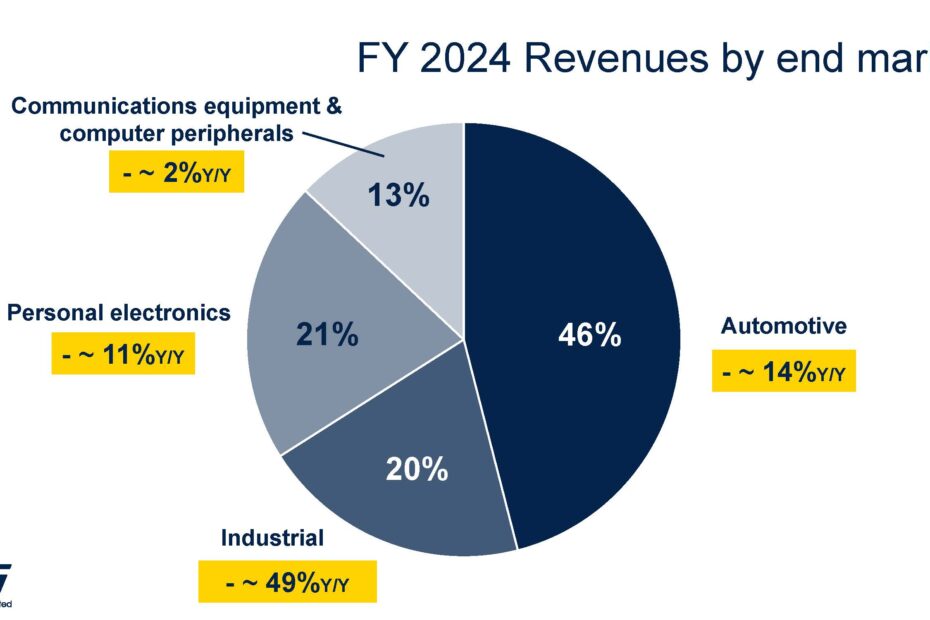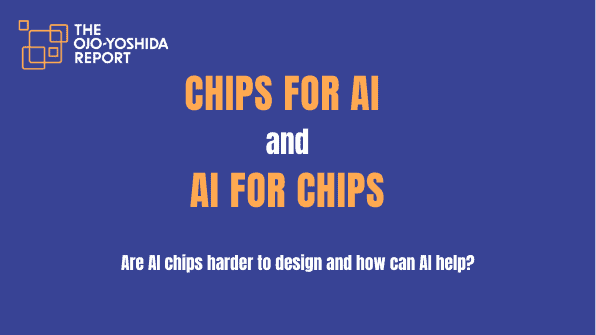What’s Cooking at OYR (and at my house): A Growing Trust Deficit
Trust.
It is the Cornerstone of Business, Geopolitics, and Global Stability.
In commerce, geopolitics, and everyday life, trust is the invisible currency that underpins all relationships. It must be painstakingly built over years, sometimes decades, through consistent actions, adherence to commitments, and a mutual understanding of facts and the belief that agreements, policies, and expectations will not be arbitrarily upended. Yet, trust is uniquely fragile — it can be shattered in an instant by an act of bad faith, policy reversals, or unpredictability in governance. Today, we find ourselves in an era where that trust is being tested like never before.
The Value of Trust in Business
For senior executives in the electronics industry, trust is not just a philosophical concept; it is the bedrock of operations, investments, and supply chains. Companies rely on a stable regulatory environment, enforceable contracts, and predictable market conditions. Businesses make capital investments based on long-term projections of policies, taxation, and trade agreements. Without trust in these foundational elements, decision-making becomes fraught with uncertainty, increasing risk and reducing innovation.
Read More »What’s Cooking at OYR (and at my house): A Growing Trust Deficit

